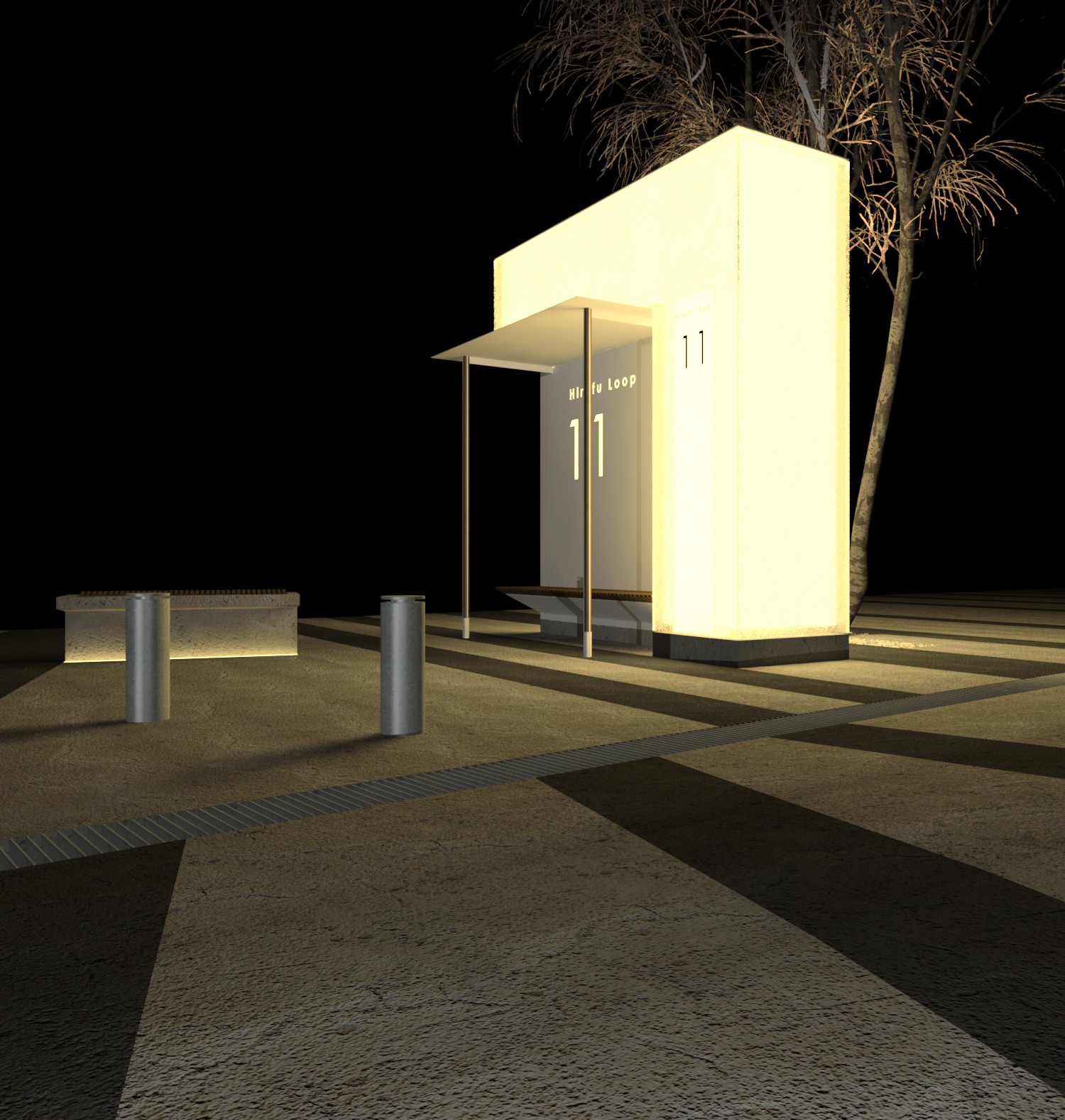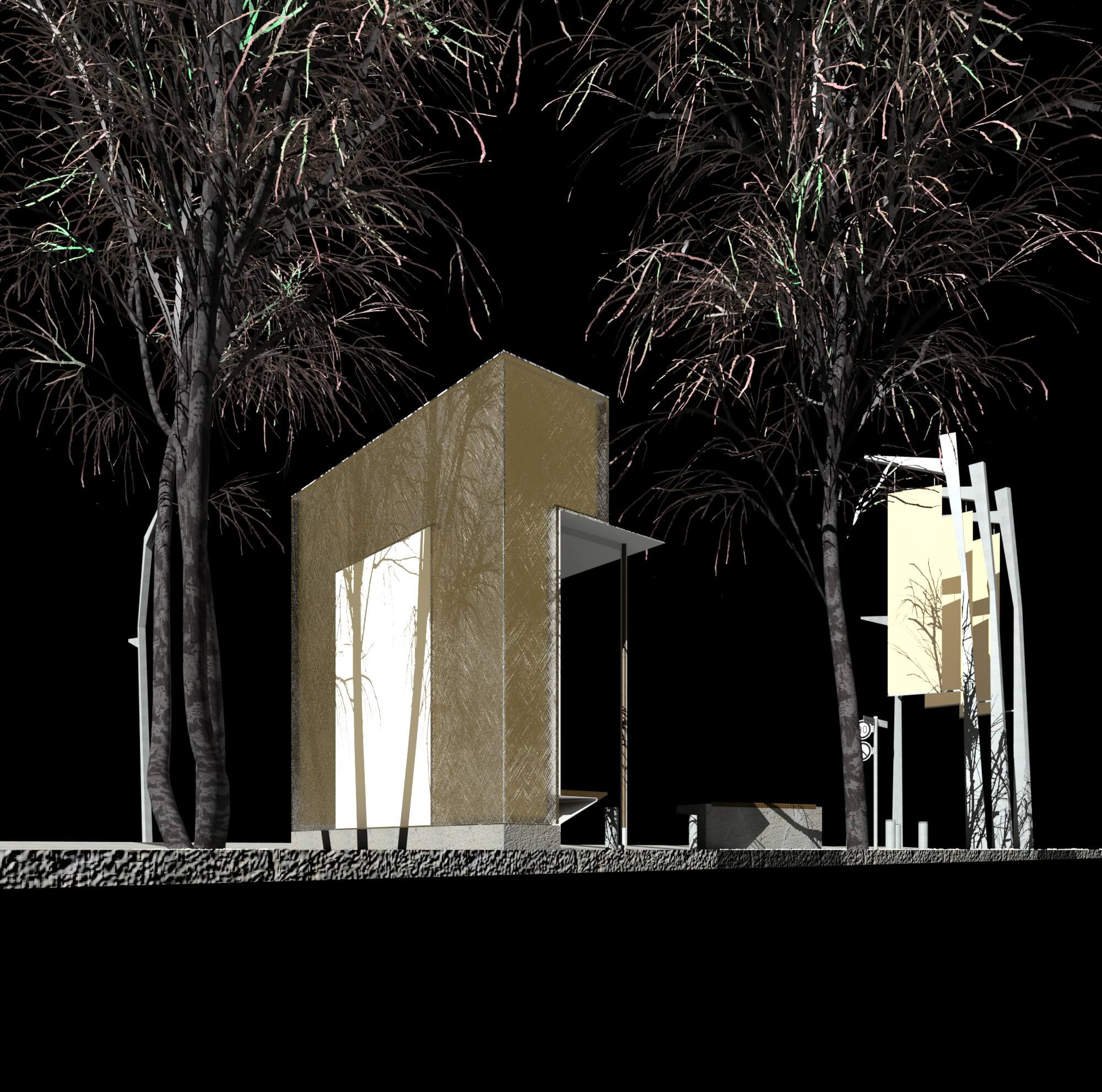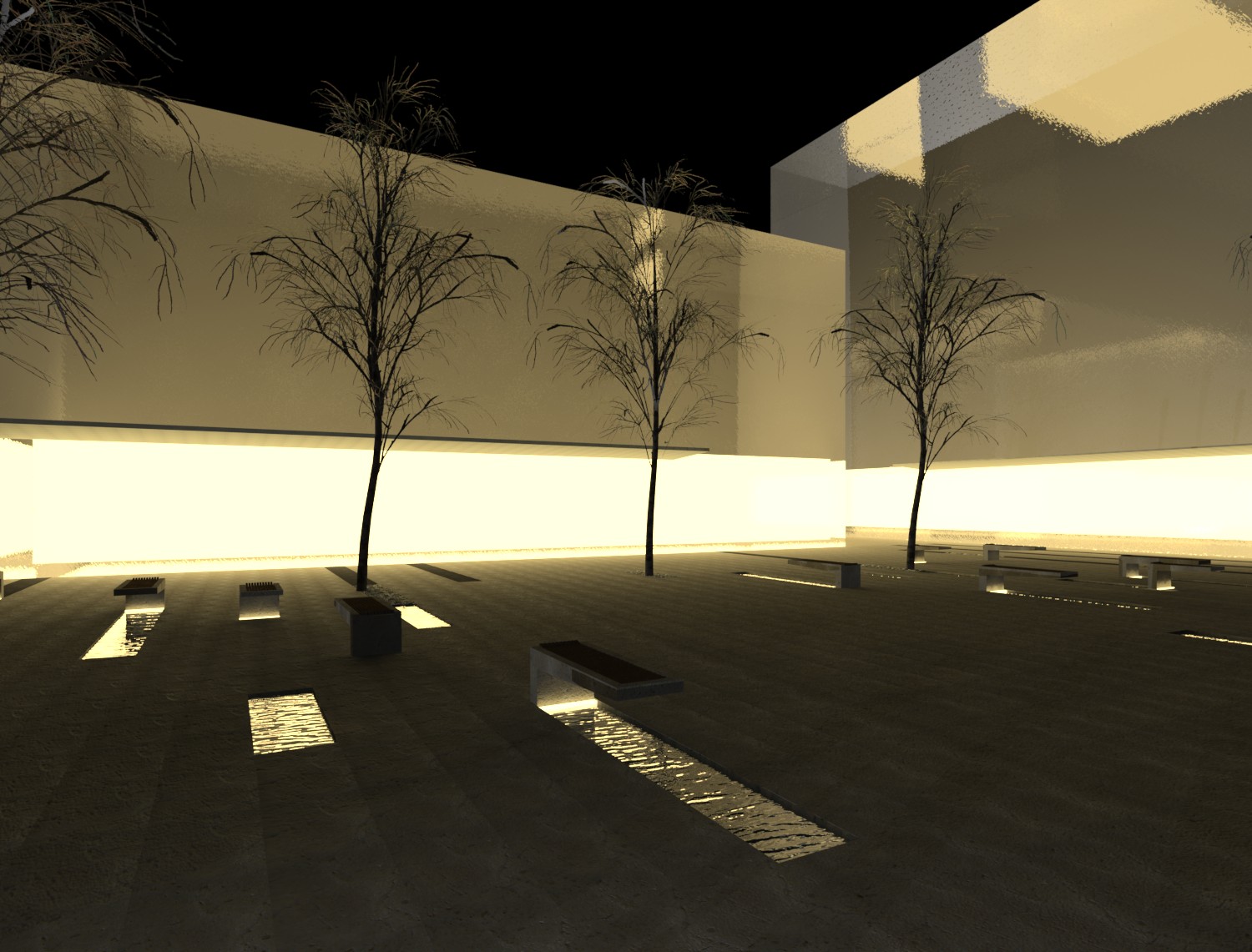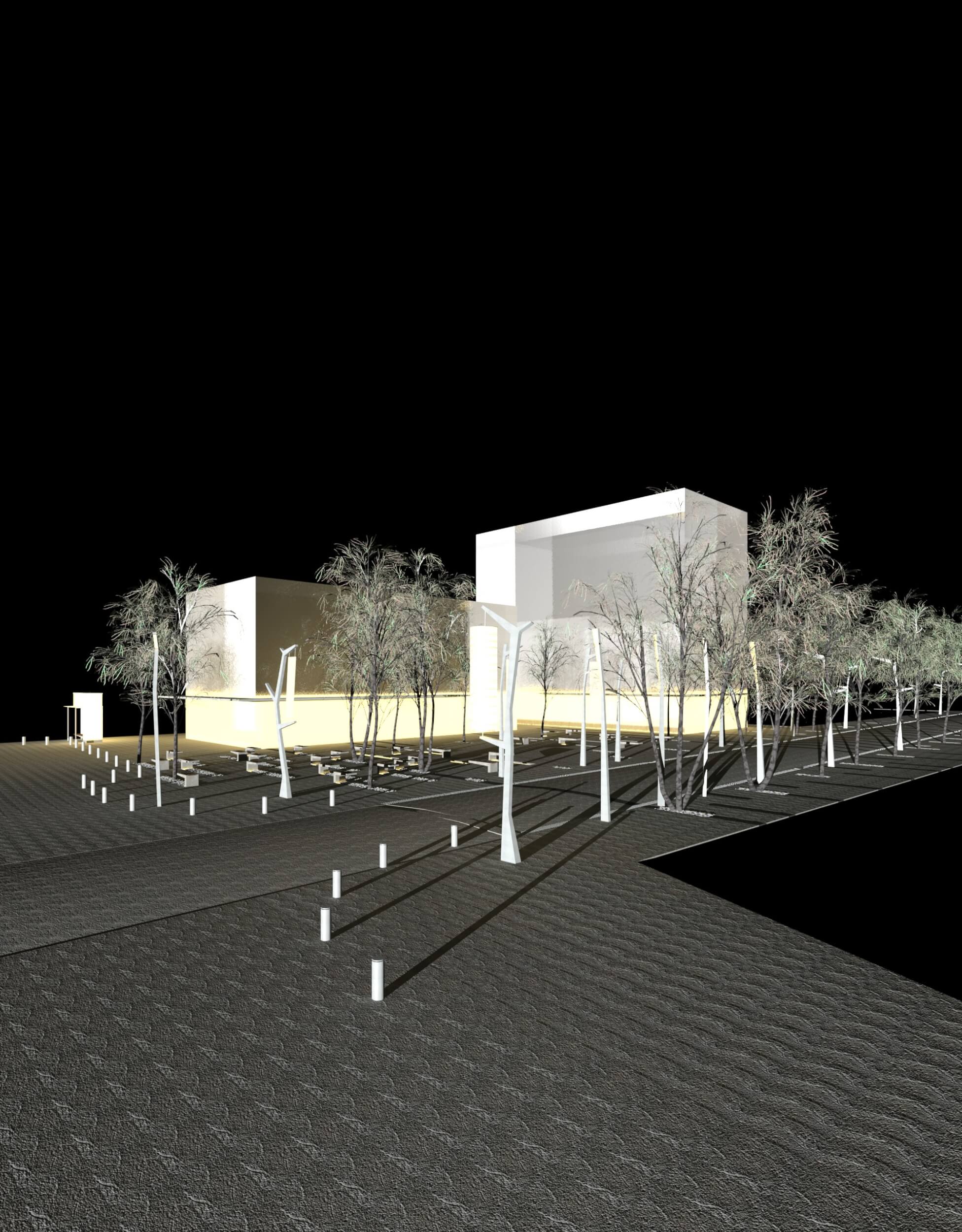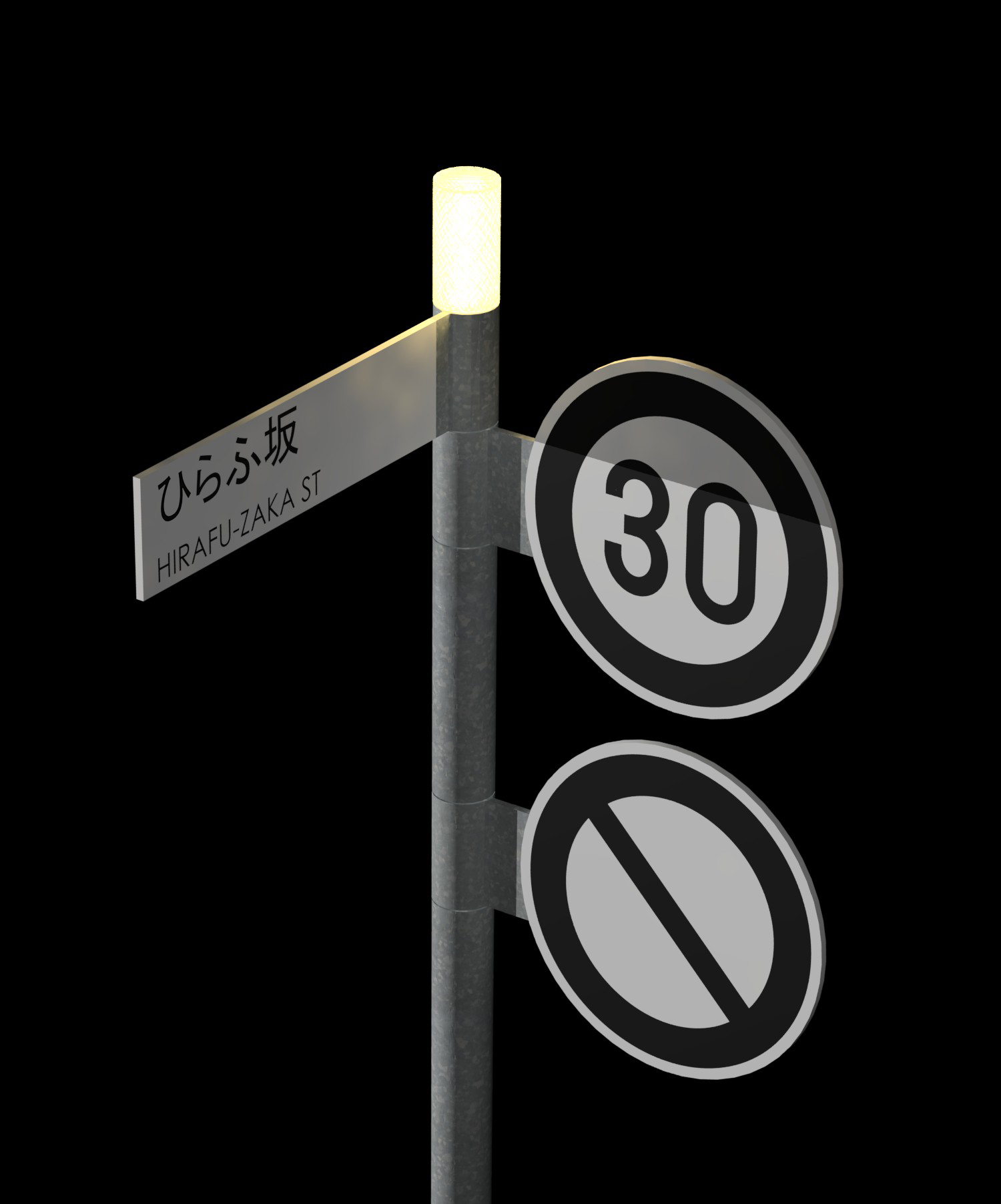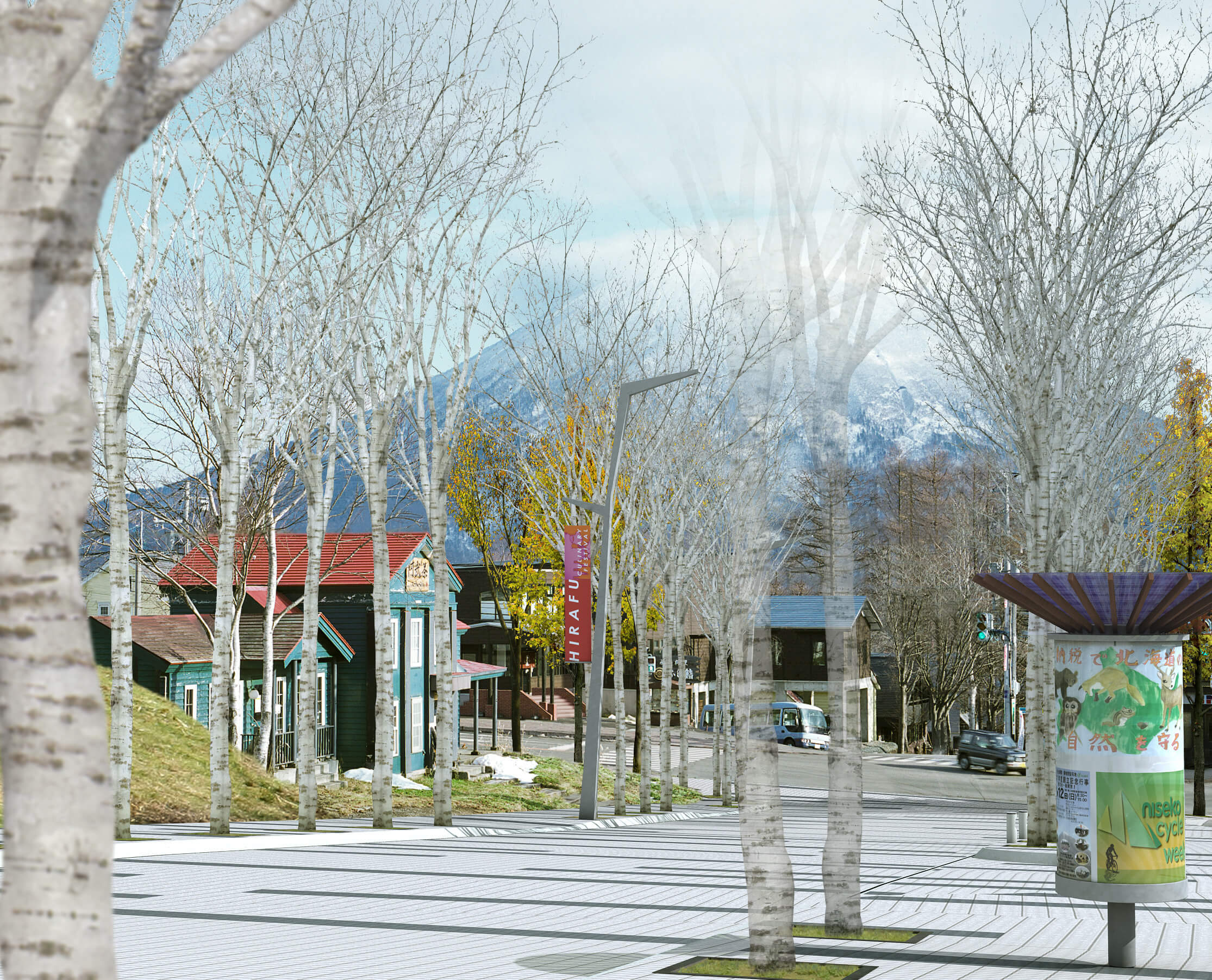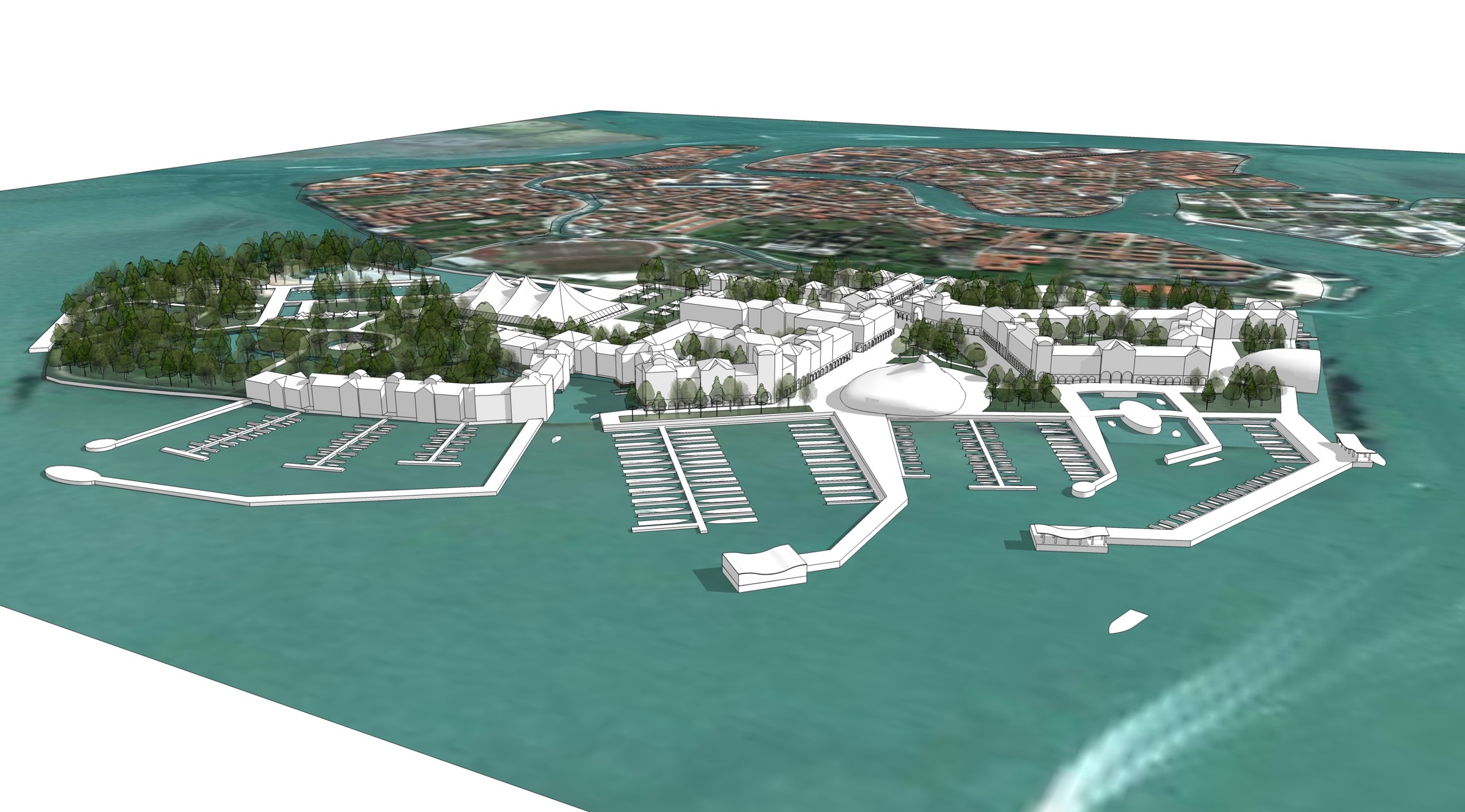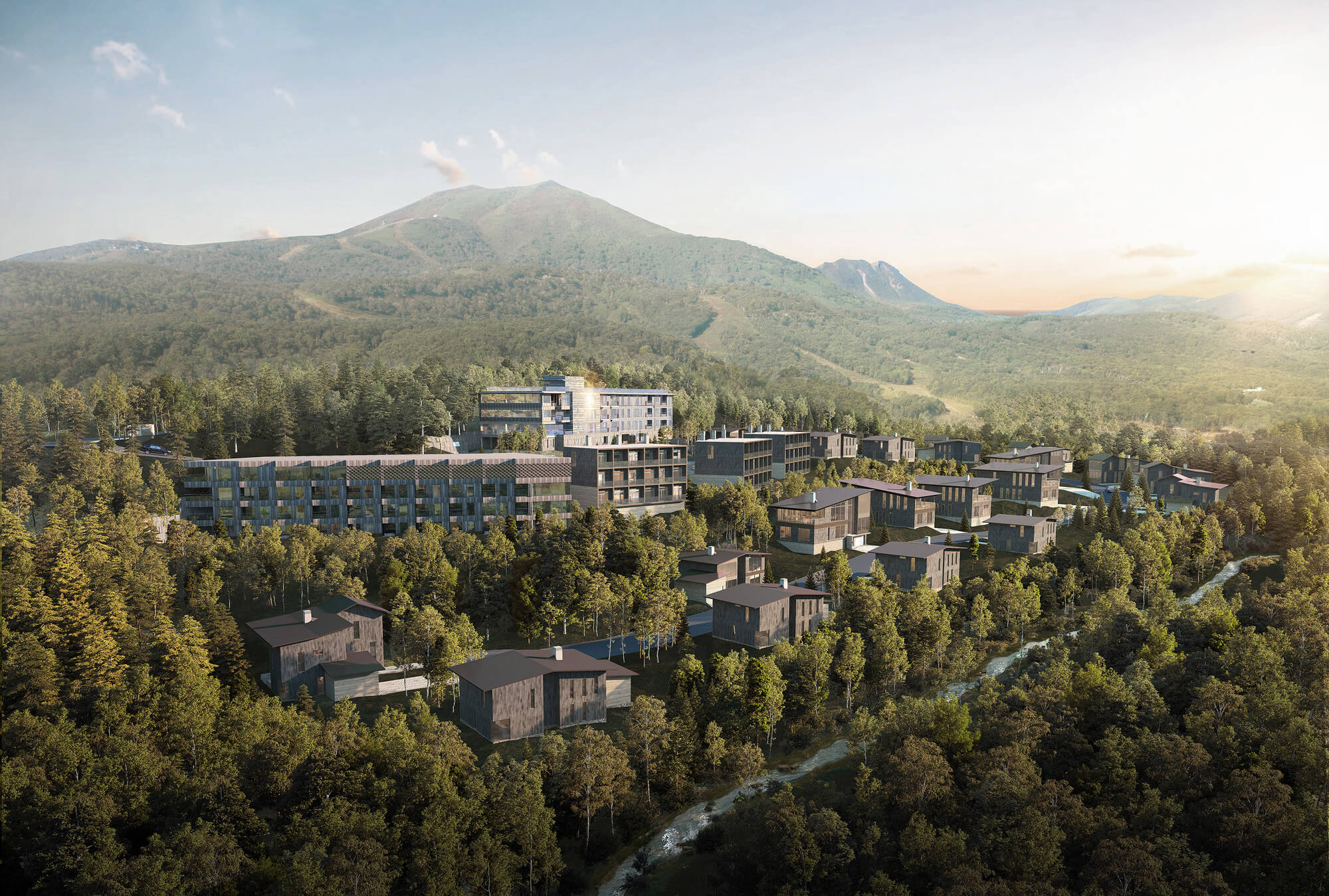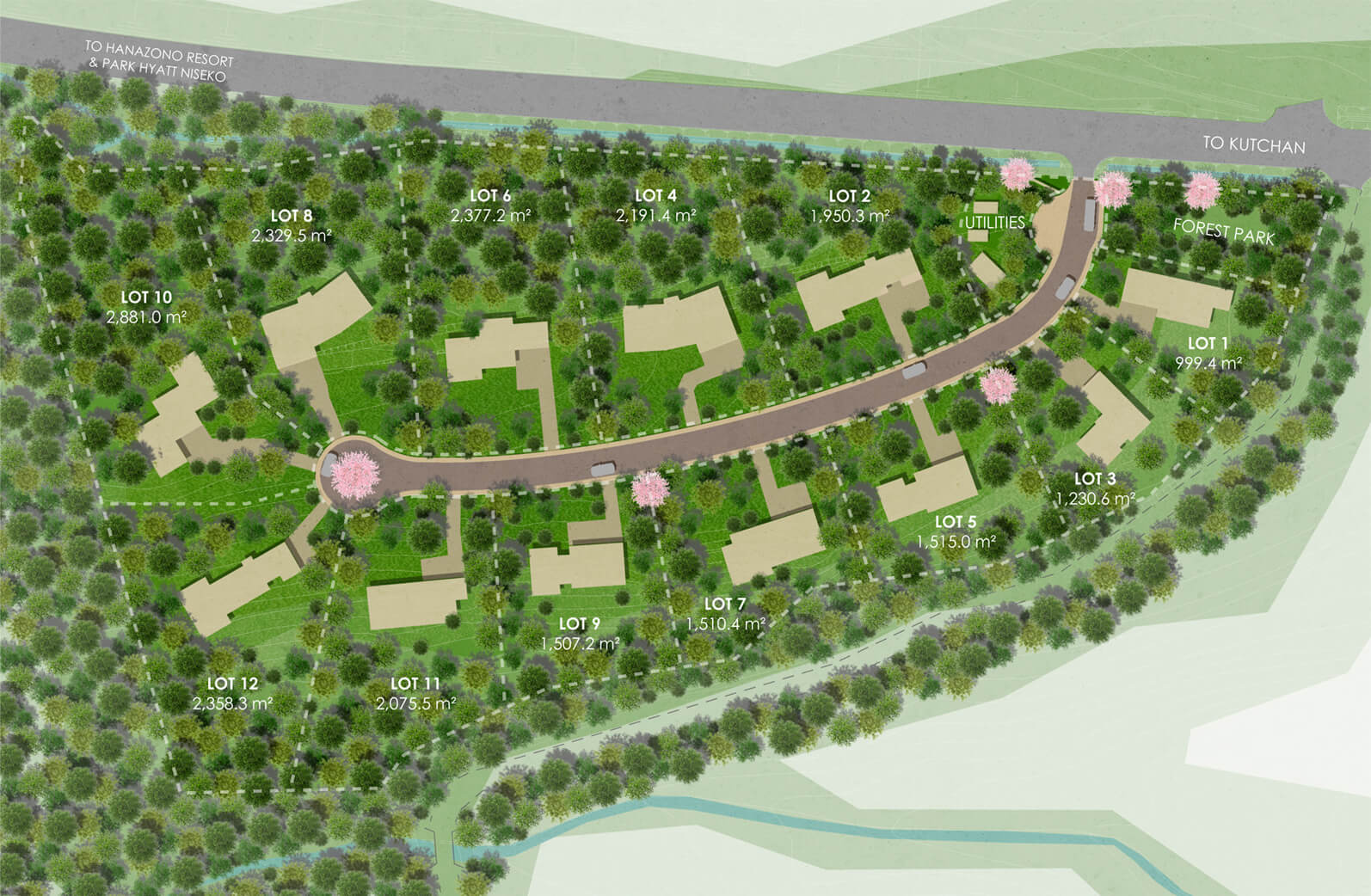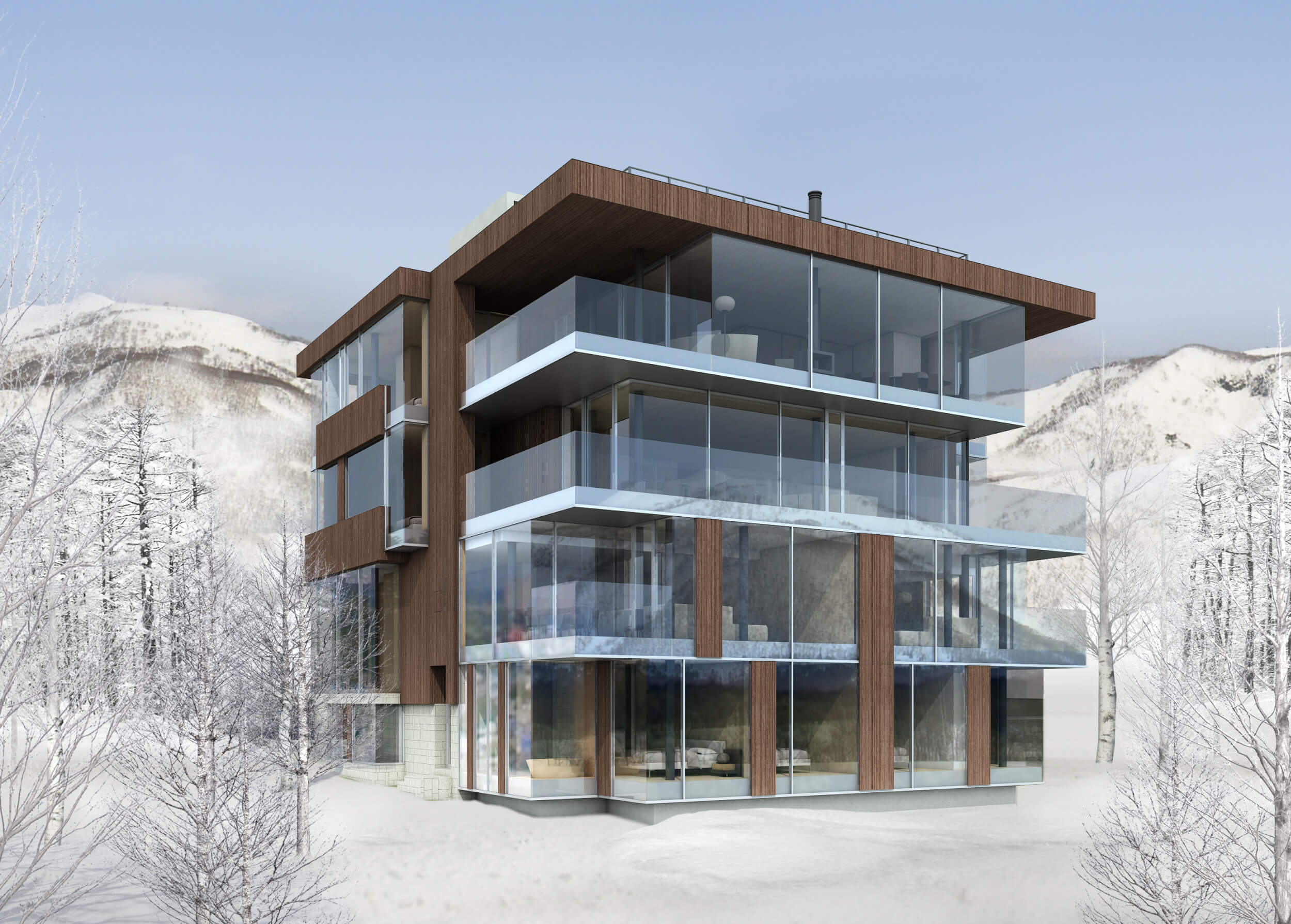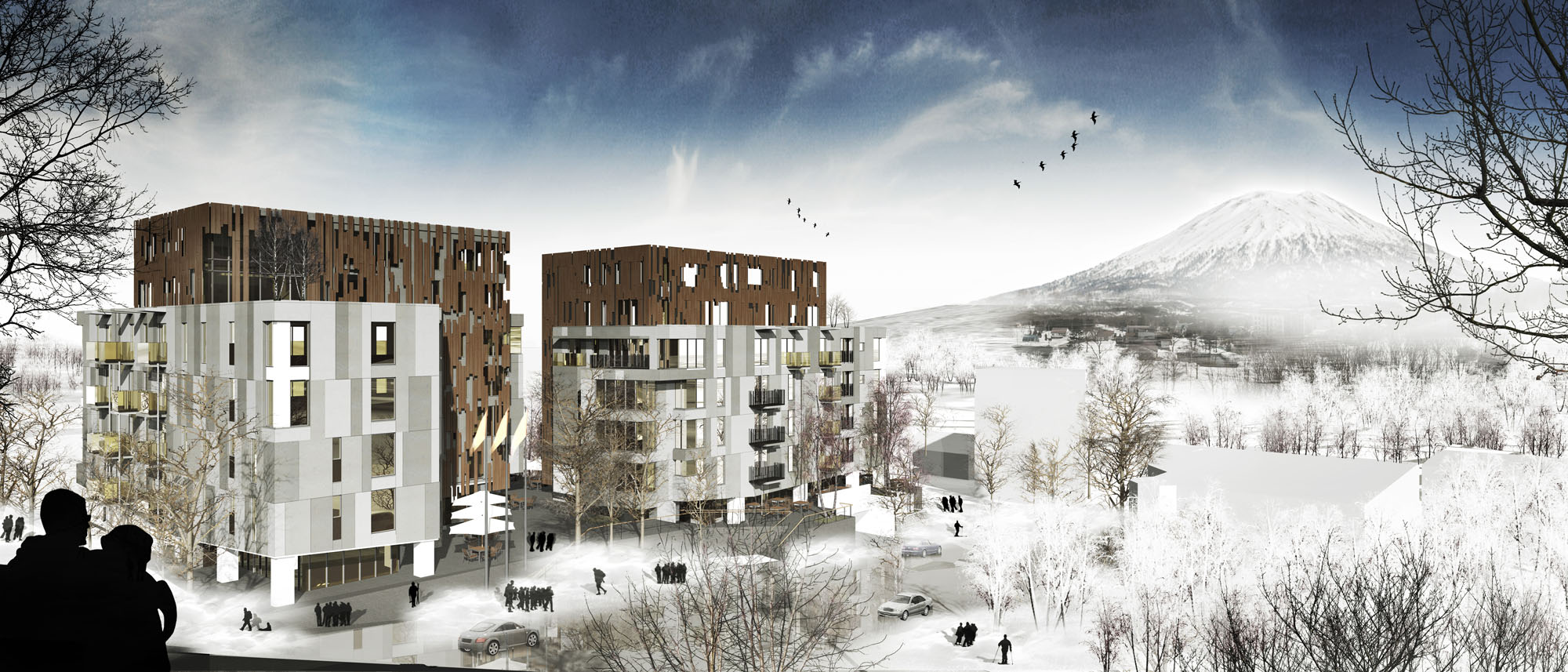Outline
Hirafuzaka Main Street Revitalization
As the key component of our Pro Bono Master Plan for Hirafu Village, Niseko, the nexus of urban activity in Niseko, the Hirafuzaka (Hirafu Main Street) redesign was a successful initiative resulting in a tree-lined, heated avenue with underground powerlines and metaphoric design elements, effecting a transformative influence over the entire precinct. Implementation of the main street remodel has revitalized Hirafu, making it the most desirable ski resort destination in Japan for both visitors and developers.
Hirafuzaka, the village’s principal street, lacked sidewalks and landscaping. It was mostly unheated creating dangerous conditions for pedestrians and vehicles. Poor infrastructure had led to serious injuries. Deaths had occurred due to vehicles losing control in icy conditions. In addition to significant safety concerns, the poor visual appearance of Hirafu’s primary hotel street and main access to the Grand Hirafu ski lifts was exacerbated by aboveground powerlines and lack of any signage control.
The Hirafuzaka Main Street Revitalization project effected a complete transformation of the image and value of not just the principle accessway, but ultimately the entire village. The creation of sidewalks and landscaping, with characteristic paving patterns that recall silver birch shadows on powder snow, together with the undergrounding of powerlines, controls for private and road signage, custom design of lighting, bus shelters and directional signs were key elements of RTA’s concept, most of which were engineered and implemented over a three-year period. Aesthetics were inspired by natural alpine forms, such as metaphoric representation of ice and forest geometries, as evident in key components including paving, streetlight standards and bus shelters. Intending to minimize demand from the power grid, the concept deployed sustainable initiatives such as LED lighting, photovoltaics, and cogeneration plants utilizing Onsen (hot spring) wastewater provided by adjacent hotels.
Prior to the implementation of the Hirafuzaka project, Hirafu was a lackluster rural village with both declining property values as well as seasonal visitor numbers. Following the completion of the revitalization works, property values adjacent Hirafuzaka have consistently experienced the highest year-on-year rates of appreciation in all of Japan, according to MLIT (the Ministry of Land, Industry and Transportation). More poignantly, the image of Hirafu Village has been boosted to such a degree as to attract institutional developers that continue to collectively invest billions of dollars in the creation of new, high-end resorts, hotels, and all-season tourist amenities.



